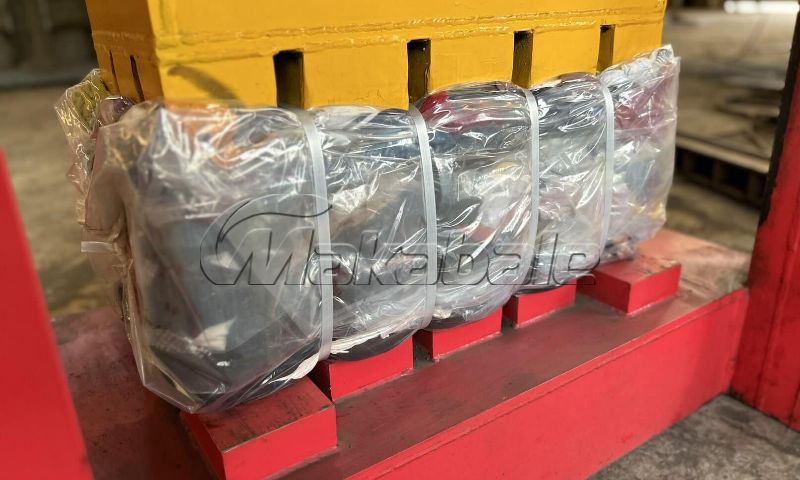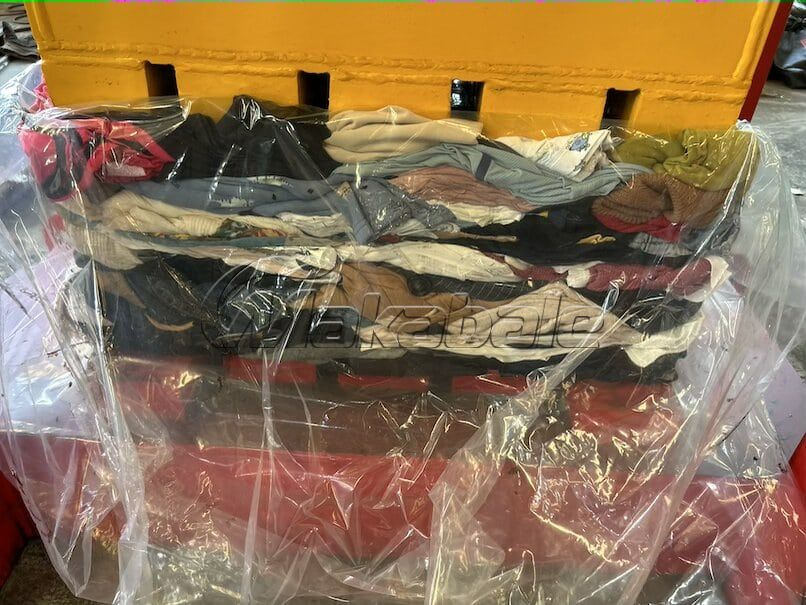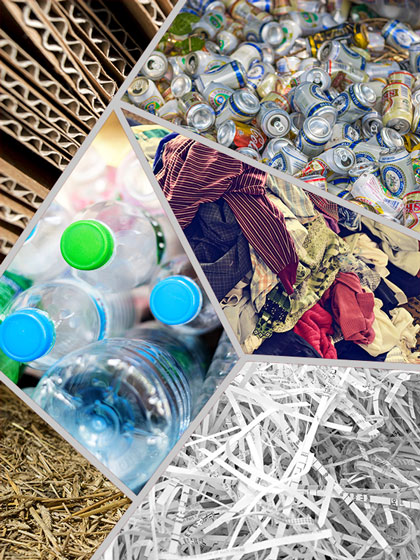
Recycling used clothing is not only a sustainable choice but also a profitable business venture. Compressing used clothes into bales is a key step in the recycling process, making storage and transportation more efficient and cost-effective. This guide provides a detailed walkthrough on how to compress used clothes into bales using a clothes baler.
Understanding the Importance of Clothes Recycling
Why Recycle Clothes?
Recycling used clothes helps reduce landfill waste, conserves resources, and minimizes the environmental impact of textile production. By compressing clothes into bales, businesses can also tap into a lucrative market, selling these bales domestically or exporting them globally.
Preparing Your Clothes for Baling
Sorting and Grading
Before baling, sort the used clothes based on material type, condition, and cleanliness. This step ensures that only suitable clothes are processed, enhancing the quality of the final bales.
- Materials: Separate natural fibers from synthetics as they have different recycling processes.
- Condition: Remove clothes that are excessively worn out or damaged.
- Cleanliness: Ensure all items are clean to prevent mold or odors in bales.
Required Equipment and Setup
To start, you’ll need a reliable clothes baler. Clothing balers usually has a few different sizes to meet different bale size/weight requirement. For example, 45kg, 55kg, 100kg, etc. Choose a baler model that fits your desired bale weight, volume needs and space constraints. Ensure the baler is set up in a clean, dry area to maintain the quality of your bales.
The Baling Process
Step 1: Loading the Baler
Feed the sorted clothes into the baler chamber. Distribute them evenly to avoid unbalanced bales, which can be difficult to handle and store.
Step 2: Operating the Baler
Once the baling chamber is full, close the door and start the compression cycle. The machine will compress the clothes into a compact bale wrapped with plastic film or woven material, and then tied with plastic strapping to secure it. Wrapping can protect the clothes from getting dirty during transportation.
Step 3: Ejecting the Bale
After compression, eject the bale from the baler. These uniform dense square bales are easy to handle and stack.
Step 4: Storage and Transportation
Store the bales in a dry, secure place until they are ready for transportation. Proper storage protects the bales from moisture and pests, preserving their quality.

Safety and Maintenance Tips
Safety First
Always follow the manufacturer’s safety guidelines when operating a textile baler. Regular training for operators is essential to prevent accidents and ensure efficient operation.
Maintaining Your Baler
Regular maintenance is crucial. Check hydraulic fluids, inspect belts and hoses, and ensure the baler’s mechanisms are clean and lubricated. This reduces downtime and extends the life of your equipment.
The Benefits of Compressing Used Clothes into Bales
Economic and Environmental Impact
Baling used clothes maximizes space efficiency in storage and transportation, reducing costs and carbon footprint. It also opens up opportunities in international markets where there is high demand for recycled textiles.
Contact Makabale for clothes balers
Compressing used clothes into bales is straightforward with the right equipment and process. Not only does it support sustainability, but it also offers a viable business opportunity in the global recycling market.
If you’re considering entering this eco-friendly industry, choosing the right baler is crucial. As an experienced manufacturer of recycling balers, we provide clothes balers that guarantee efficiency and reliability. Contact us today to find out how our balers can help streamline your used clothes recycling process. Our expertise ensures you receive the best solutions tailored to your needs, empowering you to make a positive impact on the environment and your bottom line.
